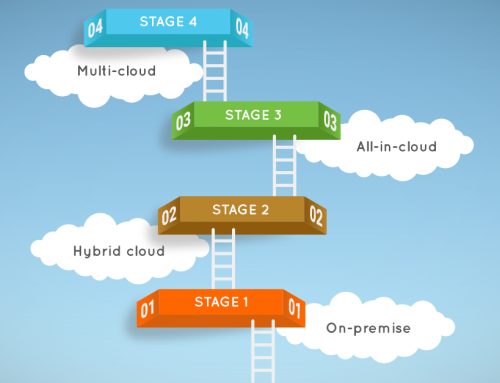The journey to the cloud has become a strategic imperative for organizations seeking agility, scalability, and enhanced efficiency. However, successful cloud migration requires careful planning, execution, and adherence to best practices. In this guide, we explore the key considerations and best practices to ensure a smooth transition to the cloud, maximizing the benefits of cloud migration services.
- Comprehensive Planning and Assessment:
Before embarking on cloud migration, conduct a thorough assessment of your existing infrastructure, applications, and data. Identify dependencies, performance requirements, and potential challenges. A comprehensive understanding of your current state lays the foundation for effective planning and informed decision-making throughout the migration process.
- Define Clear Objectives and Goals:
Establish clear objectives for your cloud migration. Whether it’s improving scalability, reducing costs, enhancing security, or enabling remote access, having well-defined goals ensures that the migration process aligns with your organization’s strategic priorities. Clearly articulated objectives also serve as benchmarks for success and facilitate the measurement of the migration’s impact.
- Choose the Right Cloud Model:
Selecting the appropriate cloud model—public, private, or hybrid—depends on your organization’s specific requirements. Public clouds offer scalability and cost-effectiveness, private clouds provide enhanced control and security, while hybrid clouds combine the benefits of both. Assess the unique needs of your organization to determine the most suitable cloud model for your migration.
- Prioritize Security Measures:
Security is a paramount consideration in cloud migration. Implement robust security measures at every stage, including data encryption, identity and access management, and network security. Regularly update security policies to align with industry best practices and comply with regulatory standards. Collaborate with your cloud service provider to understand and implement their security features.
- Conduct a Pilot Migration:
Before migrating your entire infrastructure, conduct a pilot migration with a subset of applications or data. This allows you to test the migration process, identify potential issues, and refine your migration strategy. The insights gained from a pilot migration contribute to a smoother and more predictable full-scale migration.
- Implement Automation:
Automation plays a pivotal role in ensuring efficiency and repeatability in cloud migration. Leverage automation tools for tasks such as provisioning, configuration management, and scaling. Automation minimizes manual errors, accelerates the migration process, and provides a foundation for managing resources effectively in the cloud environment.
- Establish a Robust Data Migration Strategy:
Effectively migrating data is a critical aspect of cloud migration. Develop a data migration strategy that considers data volume, transfer speed, and potential downtime. Choose the most suitable data transfer methods, such as bulk transfer, streaming, or database replication, based on your requirements. Regularly validate and verify data integrity throughout the migration process.
- Ensure Scalability and Performance:
Cloud environments offer scalability, but it’s essential to design applications and infrastructure to take full advantage of this capability. Optimize your applications for cloud-native architectures, leverage auto-scaling features, and monitor performance continuously. Ensuring scalability enables your organization to respond dynamically to changing workloads and demands.
- Employee Training and Change Management:
Cloud migration introduces new tools, processes, and ways of working. Invest in employee training to ensure that your team is proficient in cloud technologies and best practices. Implement change management strategies to address any resistance to change and to foster a culture that embraces the benefits of cloud computing.
- Monitor, Optimize, and Iterate:
Post-migration, establish a robust monitoring system to track performance, identify potential issues, and ensure that your cloud infrastructure aligns with your goals. Regularly optimize resources to control costs and enhance efficiency. Embrace a culture of continuous improvement, iterating on your cloud architecture based on feedback and evolving business needs.
- Regulatory Compliance:
Ensure that your cloud migration complies with industry-specific regulatory requirements. Understand the data protection and privacy laws that apply to your organization and work with your cloud service provider to implement necessary safeguards. Compliance with regulations is essential for maintaining trust and integrity in cloud operations.
- Regularly Review and Update:
Cloud technologies and best practices evolve over time. Regularly review your cloud architecture, security measures, and processes to ensure that they align with the latest standards and innovations. This ongoing review and update process is essential for maintaining a secure, efficient, and future-ready cloud infrastructure.
Conclusion:
Cloud migration is a transformative journey that requires careful planning, execution, and ongoing optimization. By following these best practices, organizations can navigate the complexities of cloud migration, unlock the full potential of cloud services, and position themselves for innovation, scalability, and competitive advantage in the digital era.





